Commercial tire dealers who sell medium truck or OTR tires but do not sell smaller OTR units are missing out on a tremendous additional business opportunity.
“If a commercial dealer wants to be a full line supplier to their customer, then they need to consider offering small OTR products, as well,” says Tim Easter, director of OTR sales at Yokohama Tire Corp.
However, commercial dealers cannot just blindly jump into the small OTR segment. The market is complex and a variety of end-user tire needs can be very different. In order to succeed in the small OTR industry, dealers and their staff must be educated about the marketplace and offer their customers reliable service.
“Dealers either have to train the people they currently have or hire people that have experience in off-the-road business because it’s a totally different than truck tires,” Easter says.
Dealers who successfully venture into the niche small OTR market are rewarded with increased sales and profit.
“Sales and service of small OTR tires can be a lot more profitable than fighting for share in the car or truck markets, where margins can be low and there’s usually a competitor around every corner,” notes Steve Vandegrift, product manager for Alliance Tire Americas. “It can really pay off to offer a good choice of excellent OTR tires and service them well.”
When it comes to describing a small OTR tire, each tire manufacturer has its own definition. This can be confusing for a tire dealer, but typically small OTR sizes are around 25 inches or smaller in wheel diameter.
Bridgestone Americas considers its small OTR tires from 13.00-24 up to 26.5R25 in size. For Yokohama, small OTR tires range from 20 inches up to 17.5R25 and 16.0R25. While Alliance defines its small OTR tires as a slightly larger size; a 24-inch wheel, 14.00-24, up to 35-inch wheel size.
Customers for small OTR tires can range from large construction and utility companies to dairy farms, ports, quarries, rental companies and more.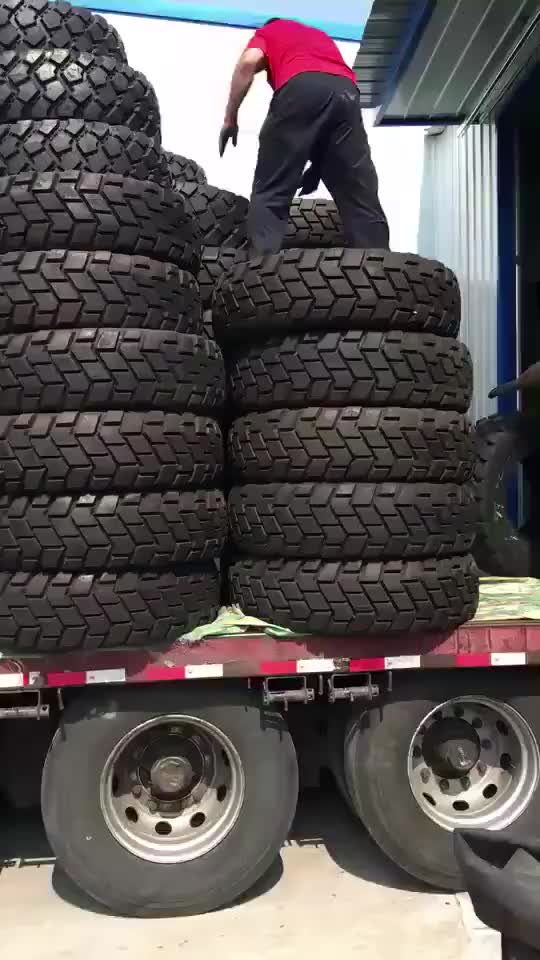 Small OTR tires shoe graders, loaders, backhoes, and telehandlers among other equipment.
Small OTR tires shoe graders, loaders, backhoes, and telehandlers among other equipment.
Today, the majority of the small OTR industry is made up of radial tires, but bias tires still have their place.
Alliance’s Vandegrift points to telehandlers as an example: “Those machines aren’t driving down the road for miles and miles, so they don’t benefit from the efficiency of a radial. Instead, the operator wants to make sure he’s got stable sidewalls to handle shifting lateral forces and minimize how much he’s bouncing around,” he shares.
Other technology development in small OTR tires revolves around new tread patterns, compounding and casing upgrades, Yokohama’s Easter says. He also notes that TPMS systems are being used more and more on the equipment.
Michelle Lane, director of OTR marketing for Bridgestone Americas, says that newer technology is also focused on puncture resistance.
The OTR industry tends to be cyclical and the small OTR market is on a moderate uptick in 2015 following challenges over the past few years.
“We are now seeing positive momentum in the small tire industry, one that had been lagging for the past few years as the industries with heavy tire usage in small loaders, skid-steers and backhoes were struggling,” Lane says. “Being led by positive underlying metrics for these industries, I see things continuing to remain very strong for the remainder of the year.”
Lane notes that the compound annual growth rate for the construction industry is above 4%, so that will positively affect the small OTR market in coming years, as well.
“A large portion of this market is driven by construction so we will continue to look at confidence levels for the industry,” she says. “The road and bridge market is also something we look at closely when it comes to small off the road tire sales. Paying close attention to federal and state funding of these projects is a big driver for growth in these markets.”
Alliance’s Vandegrift agrees that the market seems to be on a positive trend in 2015 and beyond.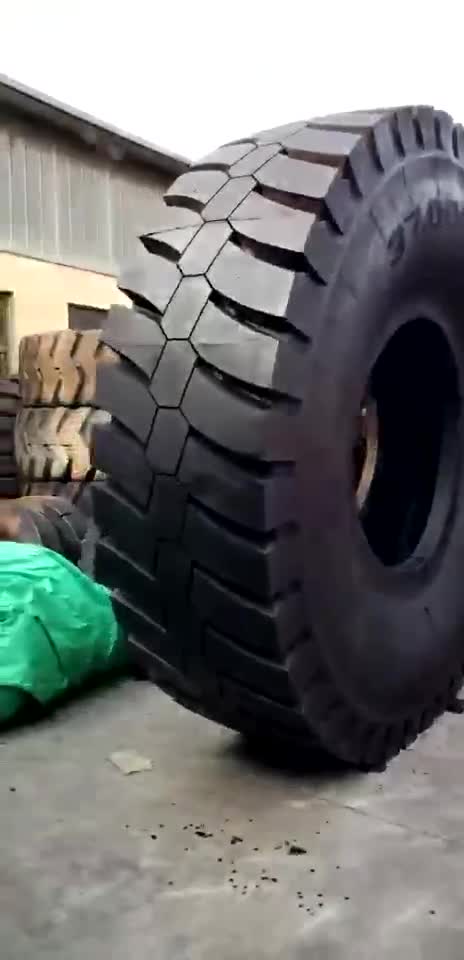
“Construction is on the rise – particularly commercial/non-residential building – and consumer purchases are increasing, which is keeping forklifts and material handling equipment rolling,” he notes. “Forestry is in pretty fair shape, but farm machinery sales are weak after a couple of great years. Farm tires are generally considered their own category, but many farmers own skid-steers, loaders, telehandlers and other machinery that uses OTR tires, so the farm economy’s impact bleeds over into the OTR business.”
Supply also shouldn’t be a problem in 2015 or the near future.
“You might see short supply on a specific product, but I don’t think we’ll see supply problem across the board like we have during the last two shortages in the near future,” Yokohama’s Easter shares. “There will more likely be oversupply in certain products just because of the ramp up in production from all the major suppliers.”
In order to be successful in the small OTR marketplace dealers must be knowledgeable about product, provide excellent service to their customers, and have the right equipment.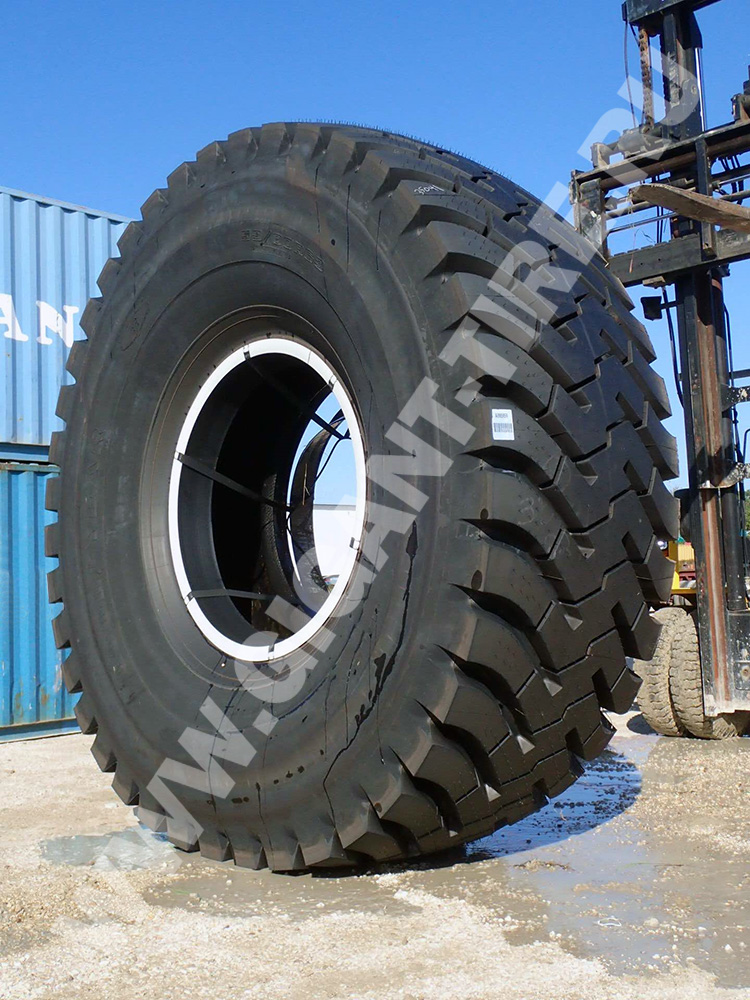
“Having great people that have the product knowledge to make proper recommendations, insights into the many variables that can impact tire performance, and understanding the different customer applications is the baseline,” says Bridgestone’s Lane. “It takes experience from both the sales and service side of the business to be successful.”
Understanding product is only one component of knowledge dealers need. Dealers should also train their staff to safety service tires as well, the tiremakers note.
While small OTR tires are used in a variety of ways, often the tire is used in an industry where downtime can be costly.
“A key piece of equipment going down with a tire issue is something that can push a project timeline and cost you both valuable time and money,” Lane notes. “Customers are looking for a reliable all-around product that that will get the job done and give them maximum uptime.”
The manufacturers agree that to successfully service an OTR customer dealers need to help them combat downtime by offering better product and 24/7 service.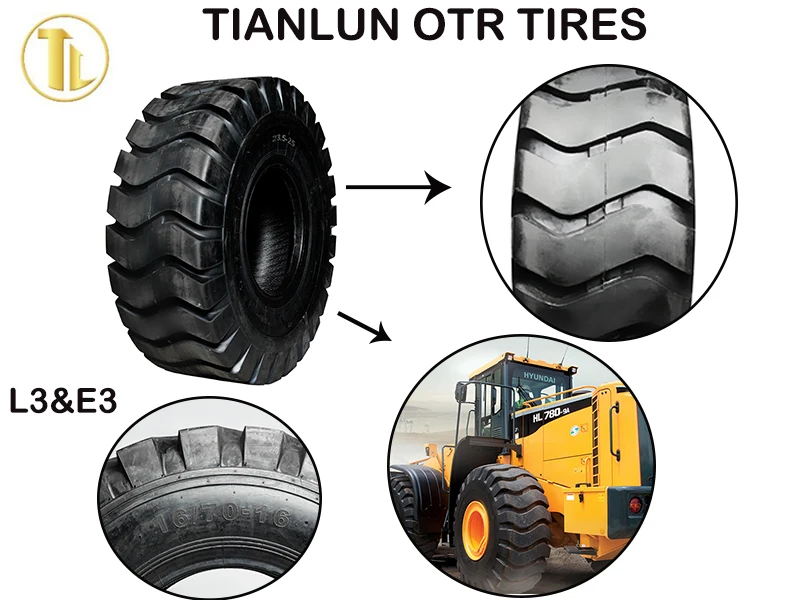
“A dealer who wants to succeed in the small OTR market needs to be outstanding on the service end of the business,” says Alliance’s Vandegrift. “You need to be right there when there’s a problem, ready to fix the tire or replace it if necessary, and get your customer back to work. The dealers who excel in this market is the ones who provide the best service and advice.”
One key way dealers can help customers avoid profit-draining downtime is to keep product in stock.
“Dealers can’t expect a customer that has a piece of equipment down to wait two or three days for them to order a tire,” shares Yokohama’s Easter.
Some popular sizes are 14.00R24, 17.5R25, 20.5R25, 23.5R25 and 29.5R25, according to the tiremakers.
Other ways dealers can help better service their customers is by providing customers with proper tire maintenance programs and providing customers with tire tracking, Easter adds.
“If you’re loyal to your customers, chances are an OTR customer is going to be loyal to you – certainly more loyal than price-shopping car tire customers,” says Vandegrift.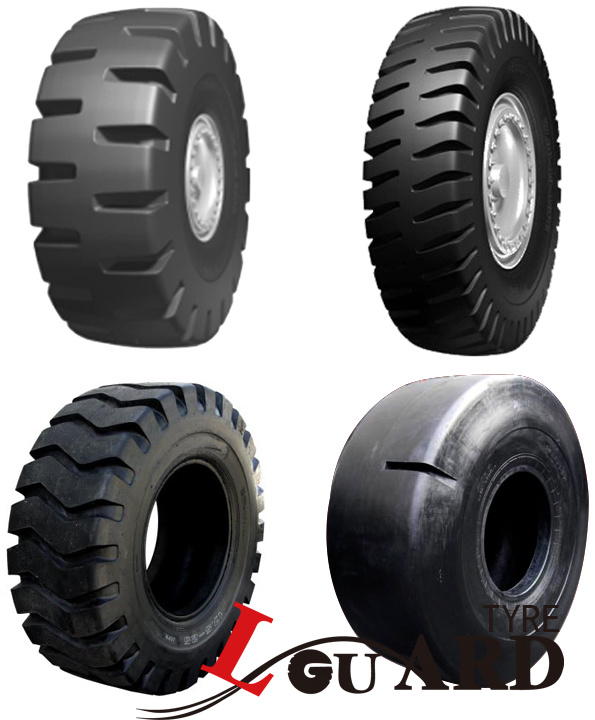 “If an OTR customer feels like you’re treating him well and that you have his back when there’s a problem, you should be in for a long relationship. Of course, if you’re not providing great service or a fair price, he’ll go to the next guy.”
“If an OTR customer feels like you’re treating him well and that you have his back when there’s a problem, you should be in for a long relationship. Of course, if you’re not providing great service or a fair price, he’ll go to the next guy.”
In this article:small OTR tires
Posted on by Mike Cao wrote in Tire Production, Tyre Management, Tyre News. It has 20 Comments.
We always say TBR tyre, PCR tyre and OTR tyre etc. for insiders of tyre industry, but the newbies don’t understand what’s mean of TBR, PCR and OTR etc.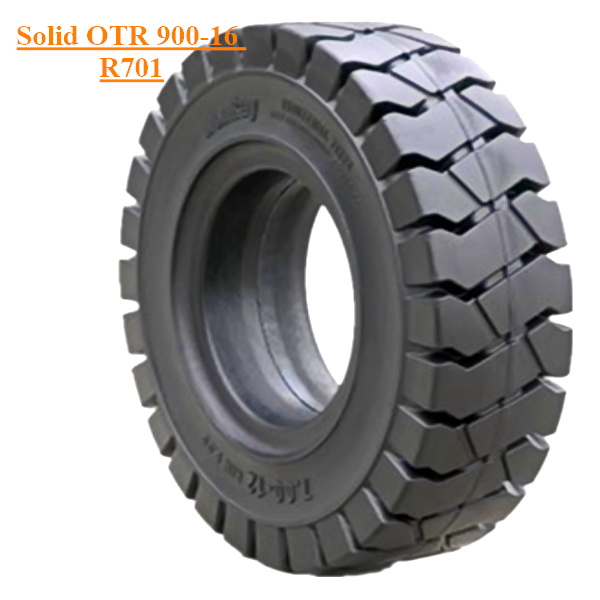 In fact, TBR tyre, PCR tyre, OTR tyres etc. are the short name of different tyre segment and Mike will explain what’s the difference of TBR, PCR and OTR.
In fact, TBR tyre, PCR tyre, OTR tyres etc. are the short name of different tyre segment and Mike will explain what’s the difference of TBR, PCR and OTR.
TBR tyre is the short name of Truck and Bus Radial Tyre, so we can see that TBR tyres are mainly used for Truck and Bus vehicles, sometimes we also call TBR tyre as commercial tyre because the TBR tyres are used for commercial vehicles. Meanwhile, the TBR tyre’s structure is all steel wire, so the TBR tyre has better loading performance.
TBR tyres sizes mainly are 6.50R16LT, 7.00R16LT, 7.50R16LT, 8.25R16LT, 9.00R20, 10.00R20, 11.00R20, 12.00R20, 11R22.5, 12R22.5, 13R22.5, 315/80R22.5, 12.00R24, 325/95R24, 295/80R22.5, 11R24.5, 12R24.5, 425/65R22.5, 445/65R22.5 etc.
PCR tyre is the short name of Passenger Car Radial tyre, so we can see that PCR tyres are mainly used for car vehicles, sometimes we also call PCR tyre as car tyre directly becasue PCR tyres mainly are used for car vehicles.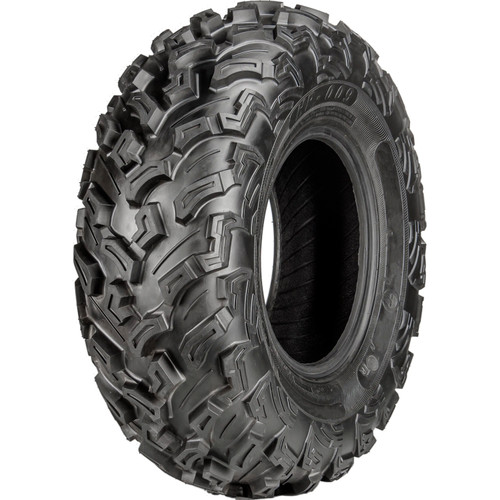
PLT tyre is a wider concept, which includes PCR and Light Truck tyre, but here Light Truck tyre is little different with above TBR tyres, because these PLT tyre’s structure is semi-steel, which semi-steel structure PLT has more comfortable driving experience.
PCR tyre segment has many sizes, such as 185/65R14, 195/70R15, 235/75R15, 215/60R16, 225/65R17, 225/45R18, 255/60R19, 275/55R20 etc.
PLT tyre sizes include above PCR sizes and light truck tyre sizes, such as 6.50R16LT, 7.00R16LT, 7.50R16LT, 8.25R16LT etc., but here this light truck tyre structure is semi-steel.
OTR tyre is the short name of Off the Road tyre, which OTR tyre mainly used for the Giant truck vehicles in mine area.
OTR tyre sizes minaly include 16.00R24, 16.00R25, 17.5R25, 18.00R33, 20.5R25, 23.5R25, 26.5R25, 29.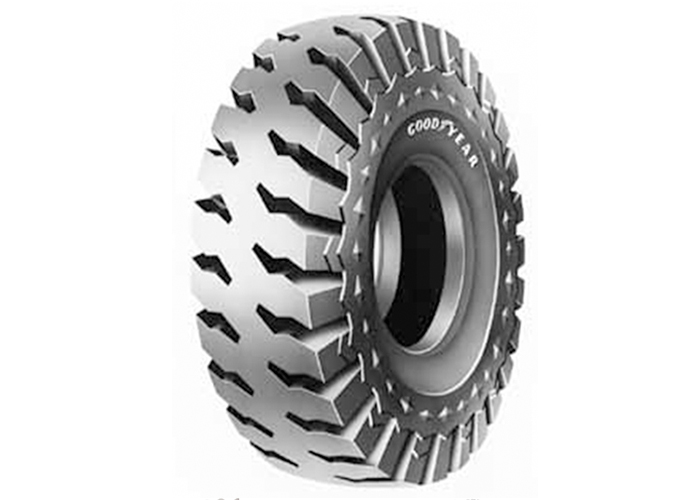 5R25, 21.00R33, 21.00R35, 27.00R49, 30.00R51, 33.00R51, 36.00R51, 40.00R57, 35/65R33 etc.
5R25, 21.00R33, 21.00R35, 27.00R49, 30.00R51, 33.00R51, 36.00R51, 40.00R57, 35/65R33 etc.
Now I believe you should have an idea about what’s mean PCR, TBR and OTR tyre and what’s the PCR, TBR and OTR tire difference. Of course, there are more segments in tire indusrty according to different applications and criterions, such as Industrial tires, Agricultural tires, SUV tires etc. If you have any more question, you are welcome to contact me.
Tags: OTR, OTR tire, OTR tyre, PCR, PCR tire, PCR tyre, PLT, PLT Tyre, TBR, TBR tire, TBR tyre
1 Likes
24052 Views
Engaged in tyre international business from 2006, rich experience for OTR mining tyres, truck tires and car tire etc. , from Sailun Jinyu Group, Kaixuan Rubber Company & Jinyu Tire Group.
Except high performance China tires, we also provide good quality truck filters, truck brake linings, truck wheels etc. spare parts as value-added service, any interests, please feel free to contact with us by mobile/whatsapp: +86-18660227161 or email: mike#togmax.com with your order details and company introduction.
, from Sailun Jinyu Group, Kaixuan Rubber Company & Jinyu Tire Group.
Except high performance China tires, we also provide good quality truck filters, truck brake linings, truck wheels etc. spare parts as value-added service, any interests, please feel free to contact with us by mobile/whatsapp: +86-18660227161 or email: mike#togmax.com with your order details and company introduction.
0
Recently Tire Business launched 2022 Global Tire Manufacturers Ranking, most tyre practitioners are interested in the ranking and lots of tyre dealers also want to find the right partner as reference. ChinaTires.org take part of that for your reference.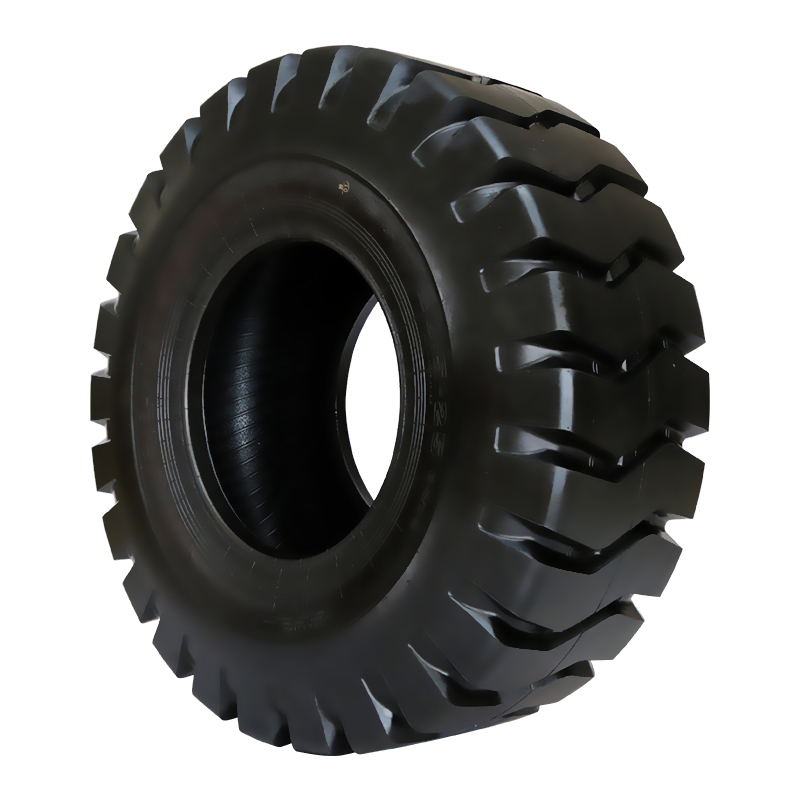
0
The followed steps are the main processes for manufacturing a tire, which can help you to have a overview about tire production.
Read More4
As every truck operator knows, tyres are one of the big three recurrent costs of running a trucking business, along with staff and fuel. Maintaining correct tyre pressure is imperative in achieving maximum tread wear, maximum fuel efficiency, good road handling, the integrity of casings and preventing blowouts.
Read MoreDecember 19, 202010
December 19, 202010
December 19, 202010
Bridgestone Commercial Tyre Tire Safety Used Truck Dealer 一带一路 贸促会 中信保
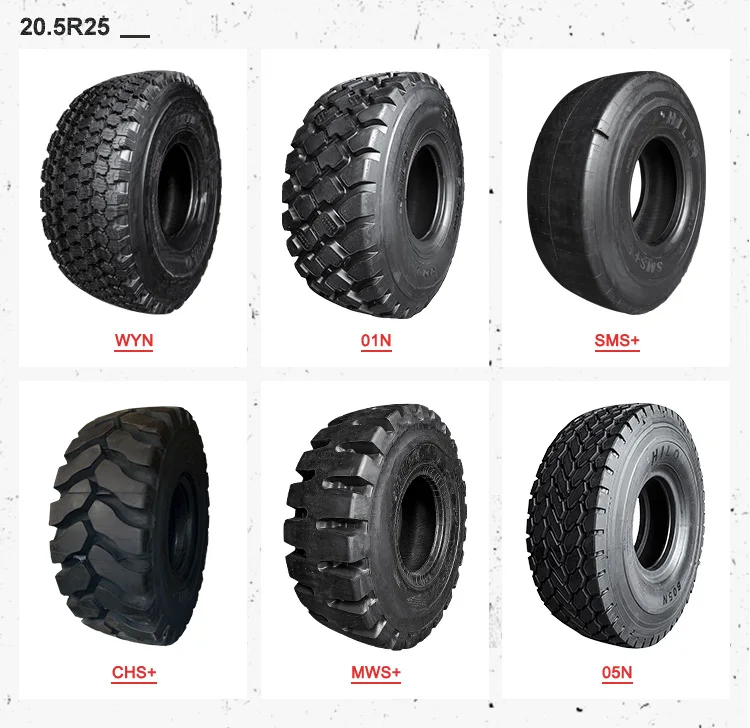
Information about industrial and industrial tires
For over a decade, BKT has developed many different OTR radial patterns and sizes for specific applications and environmental conditions such as snow, mud and dirt, rocks, recycling or even underground mining. Production started with smaller loaders, then added rigid dump truck tires, and finally reached the Giant segment.
At the moment, BKT has over 40 tread patterns. And if you consider that each pattern has different sizes, you get more than 200 tires.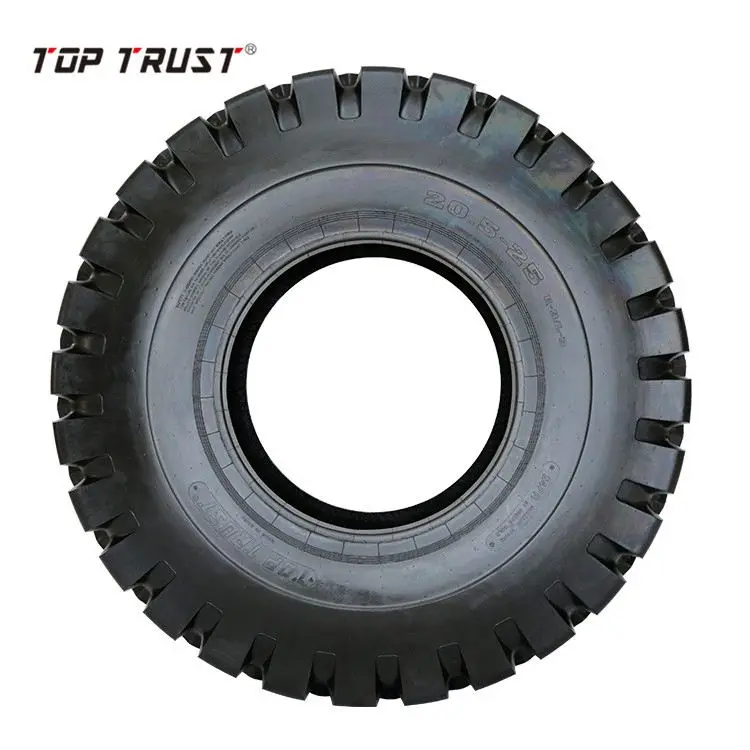
Every minute of downtime for a single piece of equipment, whether it be a mining truck, loader or any other mining vehicle, is considered a loss for management. Everyone knows that time is money.
About 30% of operating costs at large OTR facilities such as mines are invested in tires. Therefore, choosing the right tire is a critical factor for maximum life and maximum performance. Frequent failures, downtime and excessive tire changes are often the result of using the wrong tire for the job.
When talking about the classification of earthmoving tires, the standards of the two main tire companies are taken into account. Each operation has its own TRA code - C-E-G-L, SH: compaction, transportation, leveling, loading and underground transportation. There are also sub-codes such as C1 or E1 which denote a smooth tread type or regular rib. The first is a tire for compaction, the second is for transportation. There are many specific types of tread, for flotation, rock pattern, etc.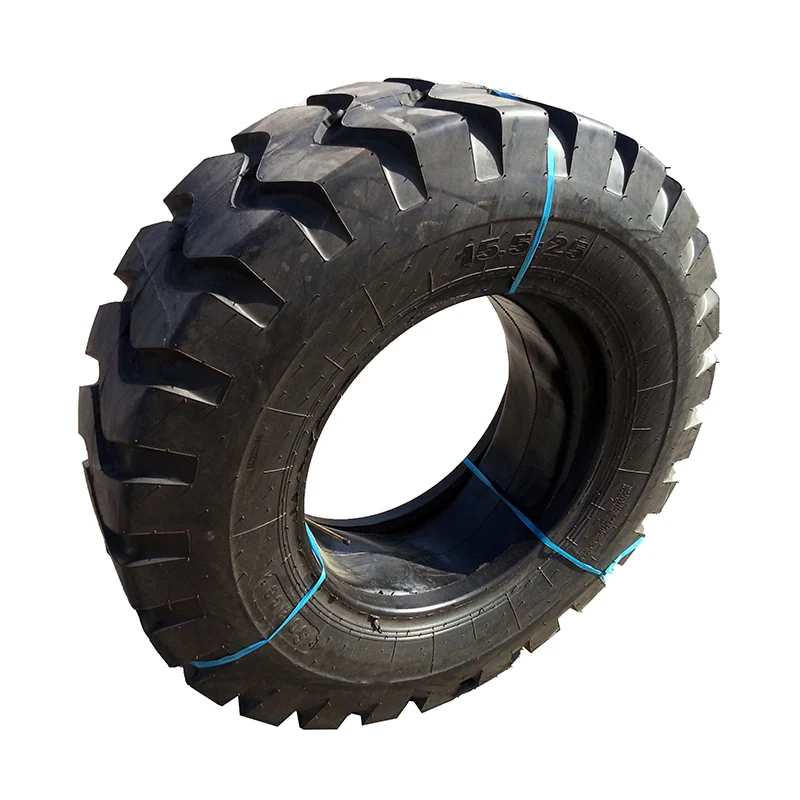 , which are always combined with a specific operation.
, which are always combined with a specific operation.
Although different standards do not define different tread depths for any other code, which is in fact in the hands of the tire designer, there are general guidelines that allow comparison between different tread types from normal to very deep. BKT oversized tires comply with this general rule, which is important to know for specific applications. For example, junkyard work typically requires an L5 pattern code to improve puncture resistance and improve tire life.
According to ETRTO standards, tires for earthmoving machines are divided into three main groups. These are narrow profile tires with a height to width ratio of 0.95, wide profile tires with a height to width ratio of 0.85 and tires of the 65 series with a height to width ratio of 0.65. Although in the OTR section, tire sizes are usually tied to specific equipment, the need for increased load capacity is an important issue. This explains the introduction of new sizes with a low height to width ratio of 65.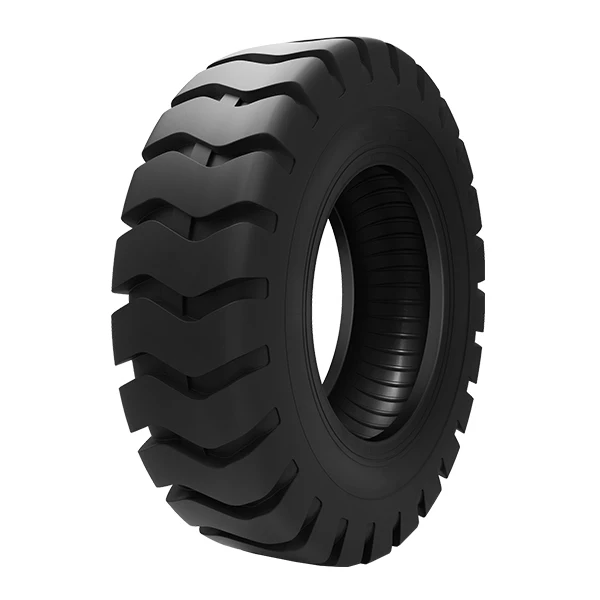
Basically, it all depends on the load index, the ply rate and last but not least, the so-called star rating, which is very typical in the world of OTR tires. The load index is the easiest way to determine the load capacity, a numerical code that is directly related to the tire's maximum load capacity in "kg". Although it is simple, it is not yet very common in the OTR world. It usually takes some time to switch to another encoding that people are not used to. For each type and size of tires, the load capacity is always associated with a specific tire pressure as defined by the ETRTO standards and the Manufacturer's Technical book. The ply rating is primarily used for conventional tires and originally determined the number of plies in a tire carcass structure. Materials have changed over the years: cotton, viscose, polyester, nylon, aramid. The strength of the new cord has increased, and this has led to an overall reduction in the number of layers, but the coding has remained the same.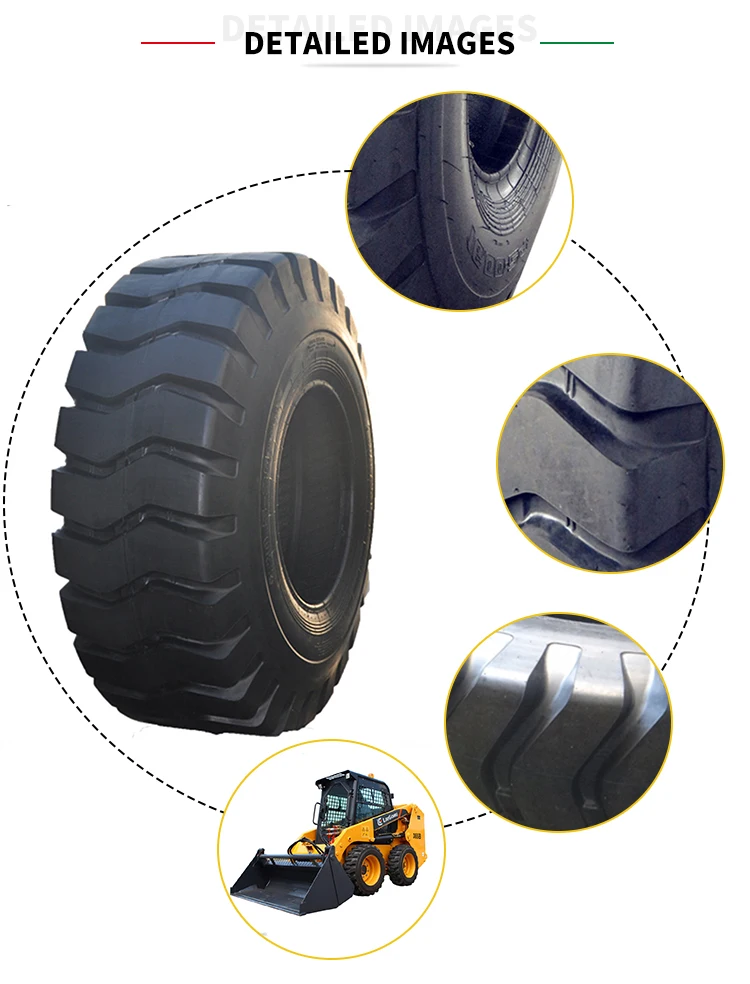 The code is printed on the sidewall of the tire and determines the load capacity of the tire, not the actual number of plies.
The code is printed on the sidewall of the tire and determines the load capacity of the tire, not the actual number of plies.
While the load index we mentioned earlier is an absolute measure, the ply rate depends on the size of the tire, because at the same tire pressure you will get different load capacities with different tire sizes.
The star rating indicates the load capacity of OTR tires. Sometimes its use can be misleading. Remember that the load capacity through the star rating depends on the tire size, the tire pressure and the TRA marking with the so-called code codes E - L, etc. To give an example: A 26.5R25**L4 tire has a different load capacity than a 26.5R25* tire *E4. It is not true that one star means less load capacity than a double star! It also depends on the type of application and tire pressure.
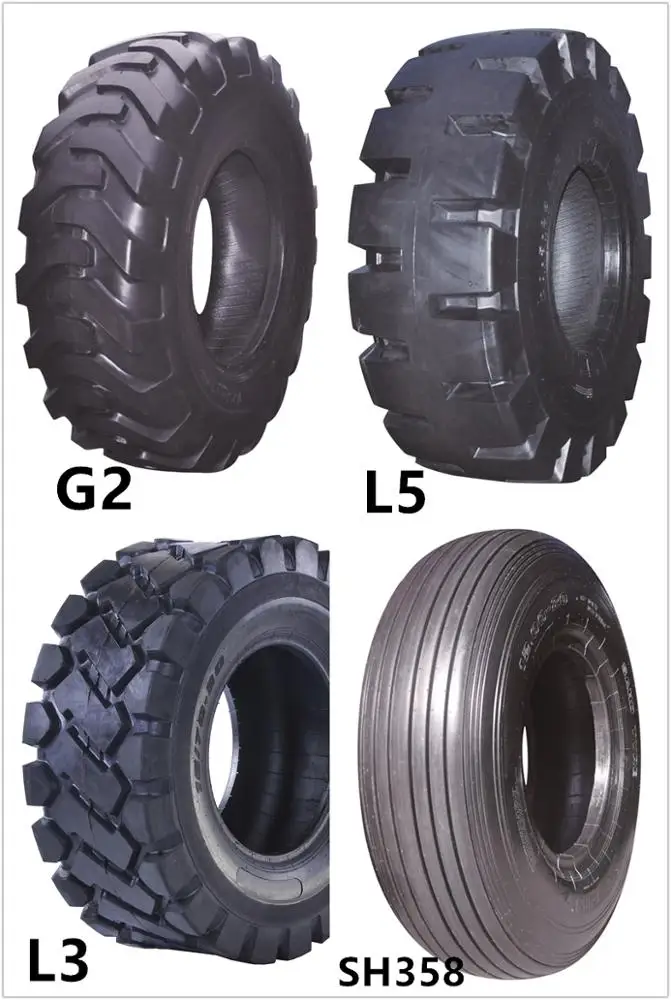
BKT always tells end users that tire maintenance is an important requirement, both in terms of efficiency and profitability. If tire maintenance is important in agriculture, namely a high power tractor (more than 250 hp) that weighs about 13 tons. Obviously their tires must be kept in good condition as they are used for heavy duty work. Now take a mining truck that has at least 10 times the power of a large tractor and has a load capacity of at least 250 tons. And it's fitted with huge 57-inch Giant tires. Now you can imagine how important tire maintenance is for such extremely large equipment that operates in difficult conditions. The same applies to smaller sizes.
These are all important issues to consider. It all starts with a focus on continuous innovation at the development stage. To meet all the complex requirements placed on OTR tires, advanced technology is needed. It is essential that all tire components, including the inner skin, belt, tread and bead, sidewall, carcass and bead fillers, and reinforcements, are state of the art.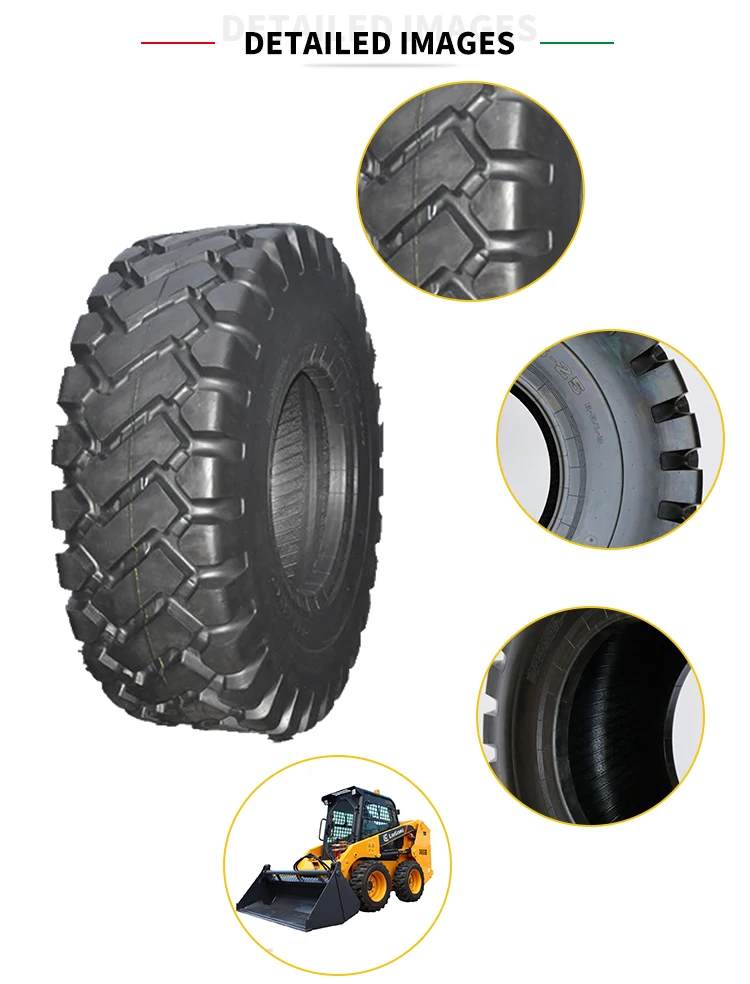 This means researching and improving innovative materials as well as precise analysis and of course investing in first-class equipment from premium suppliers around the world. Therefore, BKT can improve the consistency of the compound during the mixing process, achieve the best adhesion and improve the final quality during the calendering process, use high-precision cutting, and also guarantee an optimized environmental tire manufacturing process.
This means researching and improving innovative materials as well as precise analysis and of course investing in first-class equipment from premium suppliers around the world. Therefore, BKT can improve the consistency of the compound during the mixing process, achieve the best adhesion and improve the final quality during the calendering process, use high-precision cutting, and also guarantee an optimized environmental tire manufacturing process.
Continuous quality control and tire modeling are essential steps before a new OTR tire rolls off the production line. There is a whole world behind BKT tires.
Return to list
Whether you work in the mining and earthmoving industry, haul goods across the country, or have your machines handle containers at ports and terminals.
Tires play an important role in keeping you moving and sustainable. Downtime is costly. Especially unscheduled downtime due to malfunction or damage to the wheels.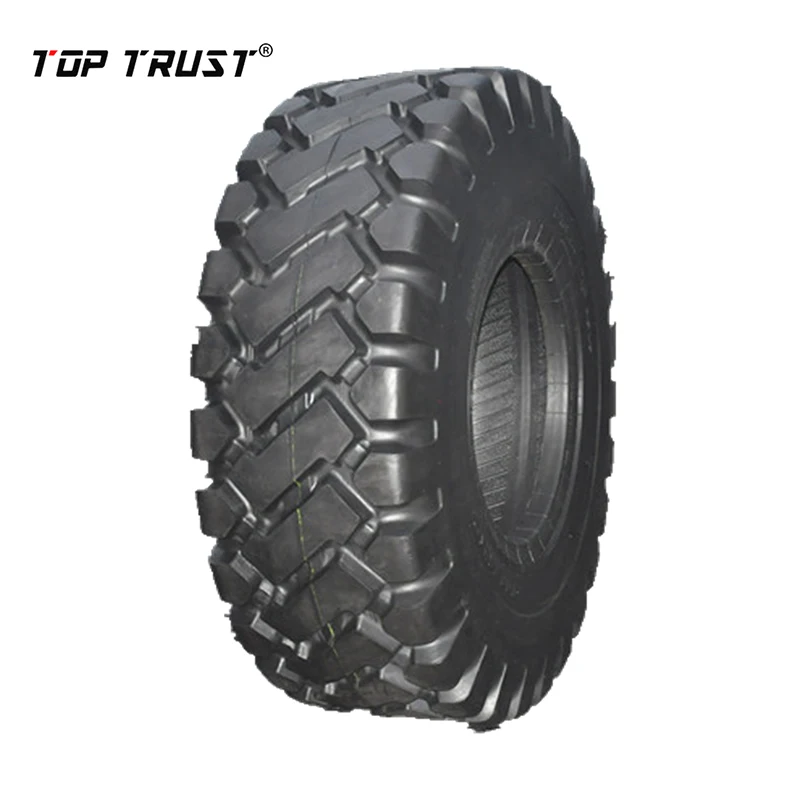 Caring for your equipment and tires is essential to the smooth running of your business. Below we will show you 3 easy ways to extend the life of your OTR (Off The Road) tires.
Caring for your equipment and tires is essential to the smooth running of your business. Below we will show you 3 easy ways to extend the life of your OTR (Off The Road) tires.
At Promtire, we offer tires specifically designed for harsh environments. While our tires can withstand impact without issue, you can easily extend their life by taking care of them and avoiding unnecessary risks and accidents.
Not every accident can be avoided. One such inevitable factor is climate. Climate and changing weather conditions affect tire life but obviously cannot be changed.
However, the way you operate your machine in different weather conditions may be different. By slowing down in harsh weather conditions, you can easily extend the life of your OTR tires.
In addition, taking into account lateral forces when operating machines on mining tires can significantly increase tire life.
This obviously puts more load and friction on the OTR tire than necessary.
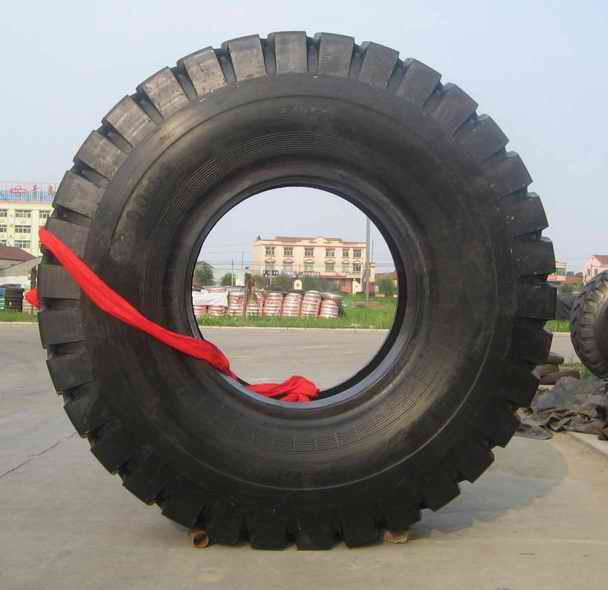
In general, the easiest way to prolong the life of your tires is to teach drivers to have a relaxed driving style.
It has been proven that there is a direct relationship between tire pressure and tire life. Inflating a tire to the correct pressure is essential for a tire on a mining machine to work properly.
Inflating makes the tire more vulnerable to cuts and more likely to be damaged by rough objects. Insufficient pressure leads to faster deformation and wear of the tire walls.
The field of application of mining tires involves the frequent transportation of heavy loads. Because the tire is not properly inflated, this weight puts more stress on the tire than is necessary. This will lead to more wear, which will shorten the life of the tire. Increased tire wear for Belaz will reduce TKPH (tonne-kilometers per hour) and increase overall operating costs.
Be sure to check the tire pressure regularly to avoid unnecessary damage.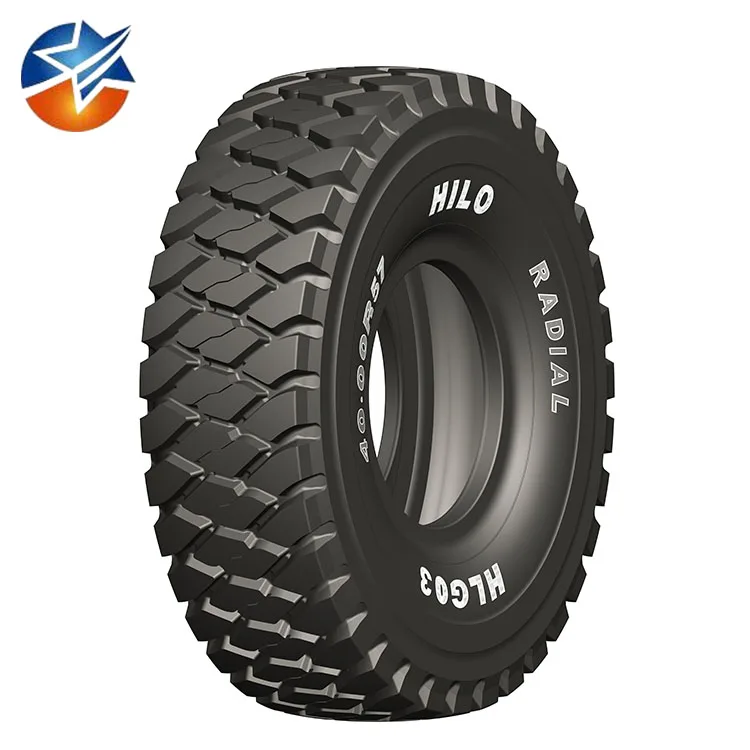 Not sure what pressure level is right for your particular tire? Check out the product cards on our website for more details on each tire available for each type of your quarry or production equipment.
Not sure what pressure level is right for your particular tire? Check out the product cards on our website for more details on each tire available for each type of your quarry or production equipment.
This applies to every mining and manufacturing industry where it is often important to move the maximum amount of cargo in the shortest time. Attempts to maximize efficiency usually result in overloading the vehicle.
While a vehicle has to make fewer trips to carry the same amount of cargo, frequent overloading causes significant deformation of the tire edges and rapid tread wear. This results in faster deterioration of the tires.
Constant overloading can completely destroy a tire, even if the tread is still in good condition.
Tires are made up of a number of components. The 2 key elements are the carcass and the tread. Overloading can cause the tread to come off the carcass due to the higher temperature inside the tire. In some cases, the tread can be replaced, but loosening the tread during operation can cause serious damage to the carcass and even injury to operators inside and outside the vehicle.